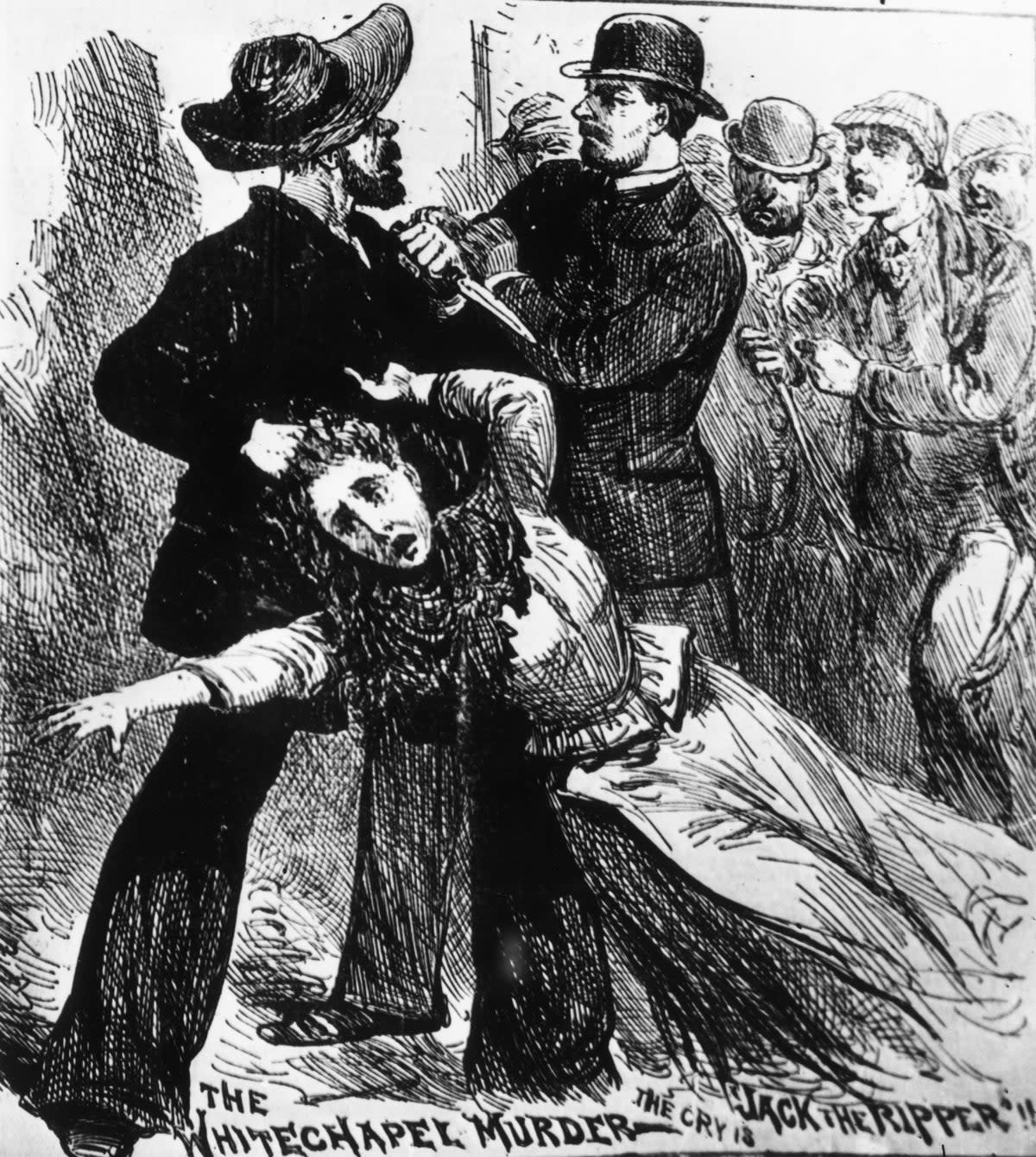Jack the Ripper police file made public after 136 years

A lost police file on the Victorian serial killer Jack the Ripper has been found after 136 years by the great-grandson of a detective who worked on the case.
The archive also includes two photographs of Michael Ostrog, an early suspect.
Ostrog, a Russian immigrant, was a petty thief who spent long periods in prison and a mental asylum.
But he was later ruled out as the Ripper after it emerged that he was in a French prison when the murders took place.
The archive also contains of the “Saucy Jack” postcard that was purportedly sent to police to taunt them.
There is also a copy of the “Dear Boss” letter, a note sent to police which was signed off as “Jack the Ripper” – the first time that the name was referenced.
In the letter, the murderer boasted about killing his victims and warned police that his knife was “still nice and sharp”.
Jack the Ripper infamously murdered at least five women in the Whitechapel area in 1888 and was never caught.
The police file was kept by Inspector Joseph Henry Helson, who was working in the Met Police at the time of the killings.
The killer’s archive is now being sold by Helson’s great-grandson at Whitton & Laing Auctioneers of Exeter, in Devon.
A Whitton & Laing spokesperson said: "For nearly 140 years the Jack the Ripper murders have held an enduring fascination and items directly connected to the crimes very rarely come up for sale.
"There is also a facsimile copy of both the infamous 'Dear Boss' letter and 'Saucy Jack' postcard which appears to be cut from the broadside printed in 1888 and used by the police in the hope that someone would recognise the handwriting.
"The original letter and postcard both disappeared, the letter being returned in 1988 and is now in the National Archives at Kew, but the postcard has never been seen again."
The auctioneers added that "people should not forget that the victims were real people with real stories and we wouldn't want to think of this murderer as an anti-hero, but for the monstrous villain that he was".

 Yahoo News
Yahoo News 
